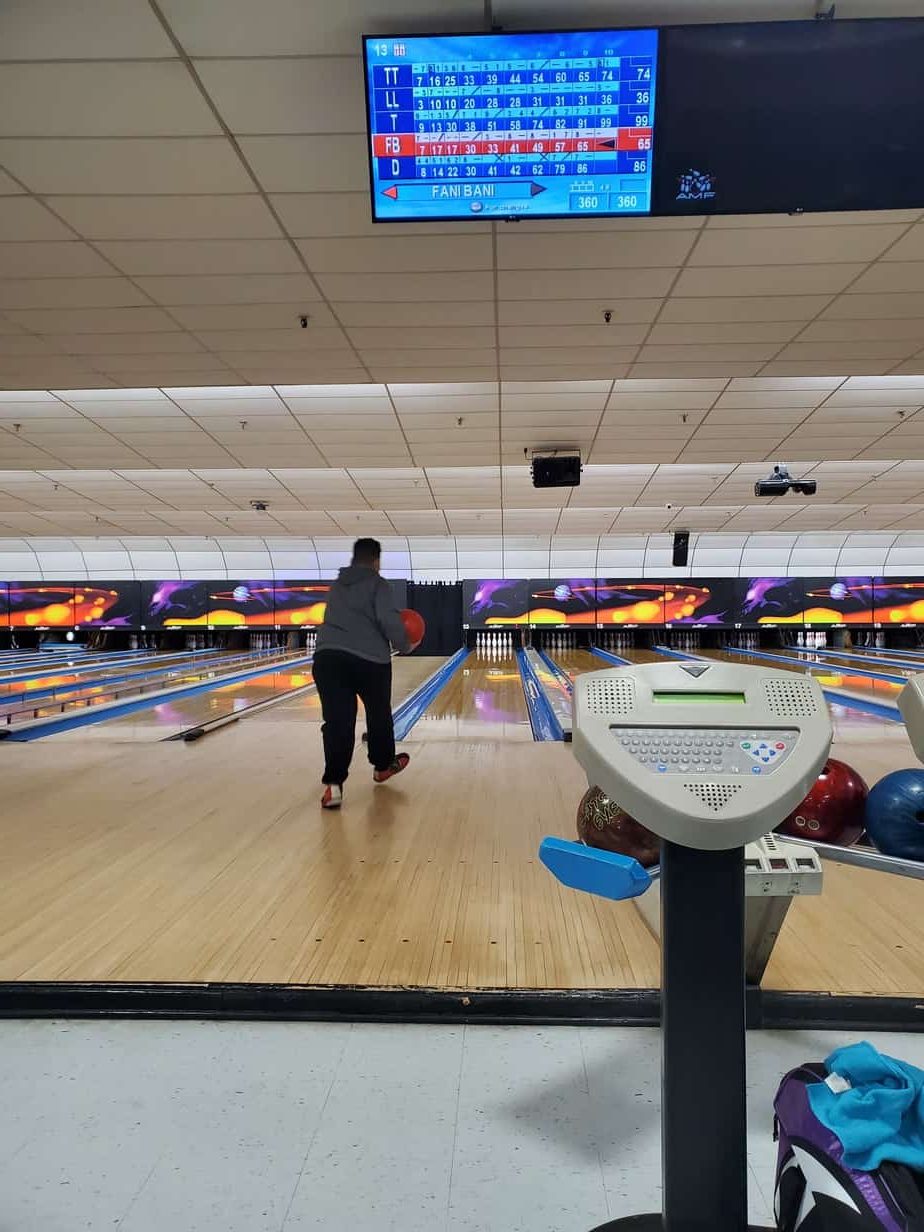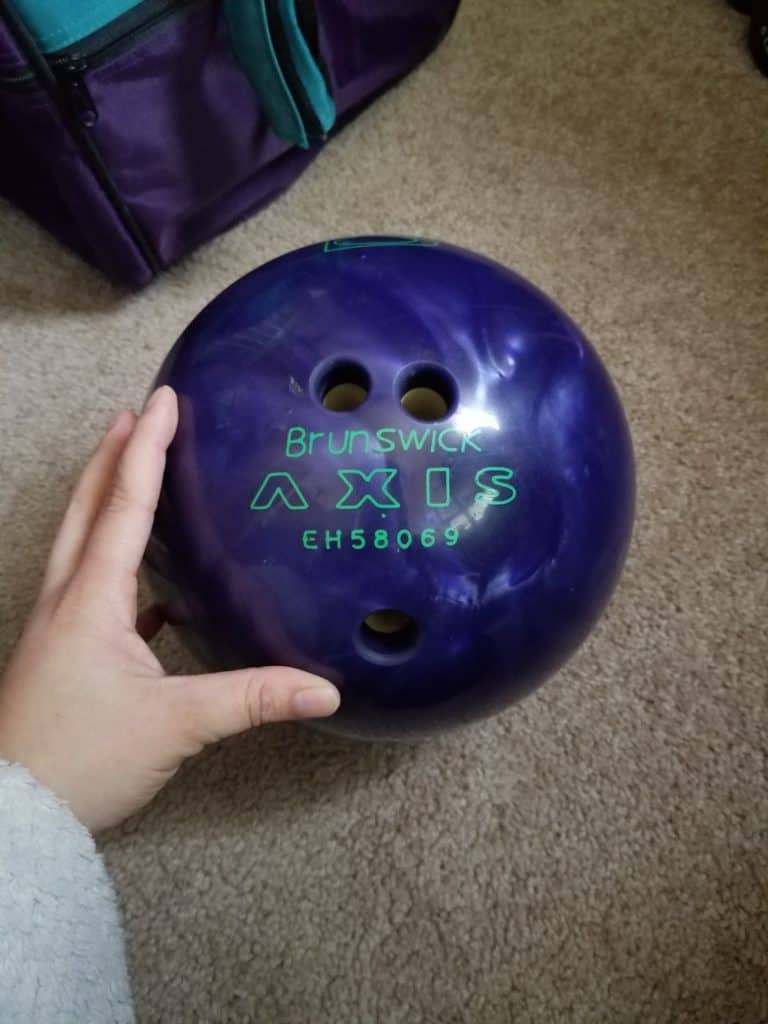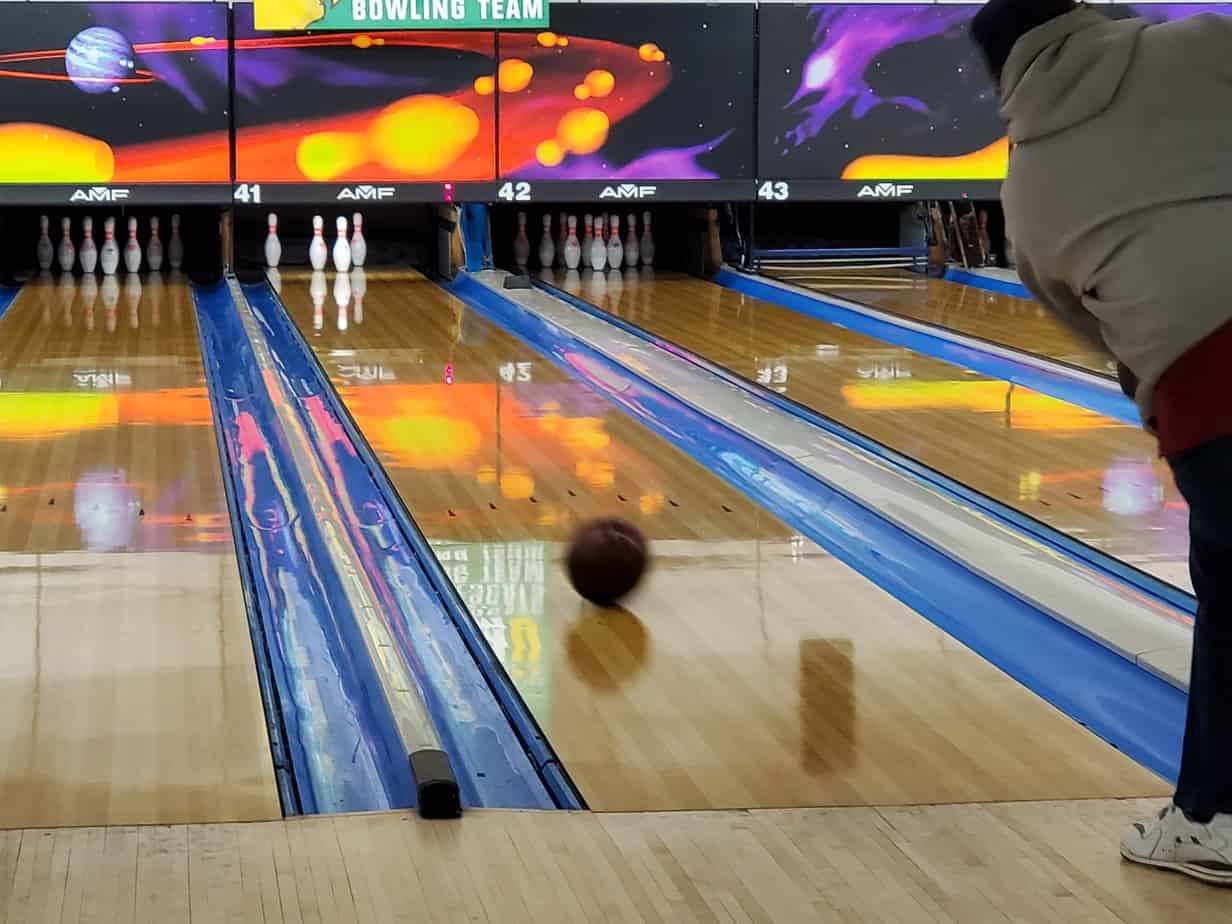Bowling on house lanes on any given day will be just fine, other days it wont. That’s because you don’t know when they reoil their lanes so they could be dry. Dry bowling lanes do affect your performance no matter what ball you use, you will have to make adjustments. Not everyone knows when a bowling lane is dry or what to do if they end up being put on one for open bowling.
How can you tell if a bowling lane is dry?

Bowling lanes can either be too oily or too dry. To figure out if a bowling lane is too dry, you need to have an accurate swing, your swing has to be timed properly with your foot movement, the release has to be the same every time and you have to walk to the foul line without drifting. If your ball hooks too much to the left, then the lane is too dry. On the other hand, if your ball doesn’t hook at all, then the lane may be too oily. You will have to adjust your bowl on a dry lane by moving to the left. If your ball hooks too much to the right, then you need to adjust by moving to the right.
How do you bowl on a dry lane?
To bowl on a dry lane, you need to increase your bowling speed. If you see your ball hook too early, then you’re on a dry lane. The ball hooking too early can result in missing pockets and knocking down fewer pins. To speed up your bowl, you can change your start-up position. Some bowlers think raising your ball higher will lead to a faster bowl whereas, others believe you should drop it lower. The best way to find out what works for you is to try these strategies out. Another way to increase bowl speed is to start your approach further back. This will lead to more steps in your run up which will help increase your foot speed and translate to more bowl speed.
Another way to help you bowl on dry lanes is to use a polished ball. A polished ball should counteract the dry lane and allow you to bowl with your preferred technique. This is because the ball will grip to the lane less so it will carry further down the lane and not hook too early causing you to miss your target. If you don’t have a polished ball, you can use a ball that you know will hook less for similar effects.

Using the middle of the lane will help you bowl on a dry lane. This is because there is usually more oil in the middle of the lane than on the outside. However, you may have to change your shot, especially if you hook the ball. You may have to either bowl straight or use a ball that hooks less.
Another strategy is to adjust your feet positioning. Specifically, change where you begin your approach to the lane. This strategy is very simple and effective because you don’t need to change the ball you are using and you don’t need to make any adjustments to your normal shot. All you need to do is take a few steps to the left or right of where you begin your normal approach. For a right-handed bowler, you might try moving your feet a few boards to the left and try the same shot to counteract the dry conditions. Left-handed bowlers will do the opposite by moving a few boards to the right.
Lastly, you can always adjust your hand movement. By making adjustments to your hand movement at the point of release, you can counteract the dry oil conditions you will have on your shot. To do this you are looking for less rotation from your hands when releasing the ball. You will have to experiment with how much you are reducing your hand rotation by to get the best results. This strategy will work because the less hand movement at the point of release means the less the bowling ball will hook.
What bowling ball is best for dry lanes?
For dry lanes, a lighter bowling ball is preferred. This is because it’s easier to get more speed on a lighter ball. Lighter balls also produce less hook because the friction between the ball and the lane is less. A light ball usually weights between 10lbs-13lbs. Polished balls are also great for dry lanes because there is less friction again, making the ball travel faster with less hook.
Another type of bowling ball to use on a dry lane is to find a stiff ball coverstocks such as plastic or shiny which is found in poly-urethane bowling balls. These coverstocks are manufactured to slide down the lane easily and reduce the tenancy for the ball to use its energy too early thereby saving it for the impact with the pins. It also, helps reduce the ball from hooking too early. These balls can be found in many colours and range from 6lbs-16lbs.
Top ten bowling balls for dry lanes:
- Brunswick Tone deep space bowling ball
- Pyramid path bowling ball
- Brunswick rhino bowling ball
- Pyramid path rising bowling ball
- Ebonite maxim bowling ball, 10lbs
- Brunswick twist sky blue/pink/snow
- Dv8 alley cat bowling ball
- Storm tropical surge pink/purple, 11lbs
- Storm fever pitch, 15lbs
- Roto grip MVP, 15lbs

